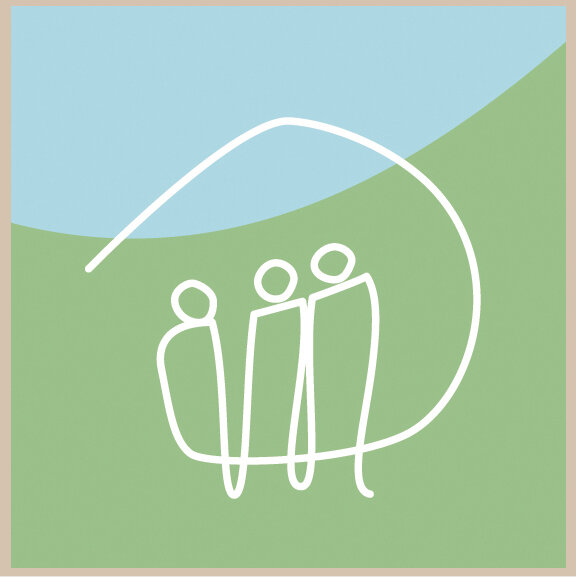The following is a letter from our dear friend, Susan Burwen, who is also a resident living in Mountain View Senior Cohousing with her husband—the amazing initiators of this beautiful community—and my related thoughts on the topic of co-care.
[Hi Chuck,] I think it’s important to set expectations for people going into senior cohousing communities about how the community is going to handle declining health issues of its members.
Our community has taken proactive steps to create a comprehensive database for each household, including information about care they might need, resources, and contacts, including information for heirs, so that community members know what to do in case of emergencies. Below is a partial list of categories that are covered.
Members of the community who are willing to serve as Care Coordinators
Information about who to contact in case of emergency
Support Tasks You Anticipate Needing
Support Tasks You Are Willing to Do
Information and Paperwork about wills, trusts, assets, keys, passwords, etc.—and where to find this information
Resources: Geriatric Care Managers, Personal Alert Systems, etc.
I hope these ideas are useful for you.
Warm regards,
Susan
Sue Burwen, Mountain View Senior Cohousing
Dear Susan, thank you.
It’s great to get this feedback and to have an increasingly nuanced conversation about co-care in senior cohousing communities—it’s important.
While the book The Senior Cohousing Handbook: A Community Approach to Independent Living does not describe official “co-caring” — it very much is a big part of the reality of senior cohousing—like it would be in any functioning village. See Chapter 7 in The Senior Cohousing Handbook for more on the topic of aging in place—including co-care and outside care.
From a practical point of view, no one is counting on co-care providing 100% of adequate care, especially without a spouse. One might think that it’s more than likely that those who receive co-care in their later years are those that have been giving some sort of care all along—in their more able years. A give and take so to speak—karma—whatever you want to call it. That said, the conversation and practical applications of co-care in all cohousing—senior cohousing and intergenerational cohousing alike—is absolutely ongoing and the care provided by the community is very organic and more or less almost never official.
The reality is that co-care, without a structured system of volunteering, is a bit like a village—that is more popular people get a little more than less popular people and one of the things that makes them popular is how much care that they have provided to others previously. That might sound harsh, but on some level it’s the case. The currency of consequence in cohousing is giving and is one good reason to keep track of the amount of care everyone gives and receives. For example, someone that moves in with Alzheimer’s is just not going to get as much co-care as others. But they most likely will receive much more care than they would in an institutional setting in the categories that are important i.e., emotional care, company, lunch, community gossip, cohousing stories and lore, new crutches or walkers as needed, care to their spouses and other co-care givers, and help at many other levels. Possibly the most impactful care they receive is emotional support of knowing that you and your caregiver are not alone. They would also most likely have to rely on paid care, if not institutional care, outside of the community for many things. In that case, it could be the choice of the community to have an organizational system that makes sure even the less popular get cared for as well, making the community intentionally more affordable and supportive to everyone, not just the most popular among us, which is what Susan was pointing to.
The currency of giving and contributing, as Charles Einstein argues in Sacred Economics, is “money in the bank”. But it shouldn’t feel like high school – when a pretty smile might carry the day. What Susan is saying is that this method works because if you officially volunteer to work for others, then others will officially volunteer to care for you. And that way everyone gets taken care of. It would be great to keep track—otherwise people feel like their anonymous contributions are lost. But I don’t expect this official co-caring to be adopted anytime soon in cohousing. Voluntary co-care will continue in more cohousing communities like it does in intact villages around the world—from the Amish to the Iroquois and other intact villages everywhere on all of the continents.
Chuck


